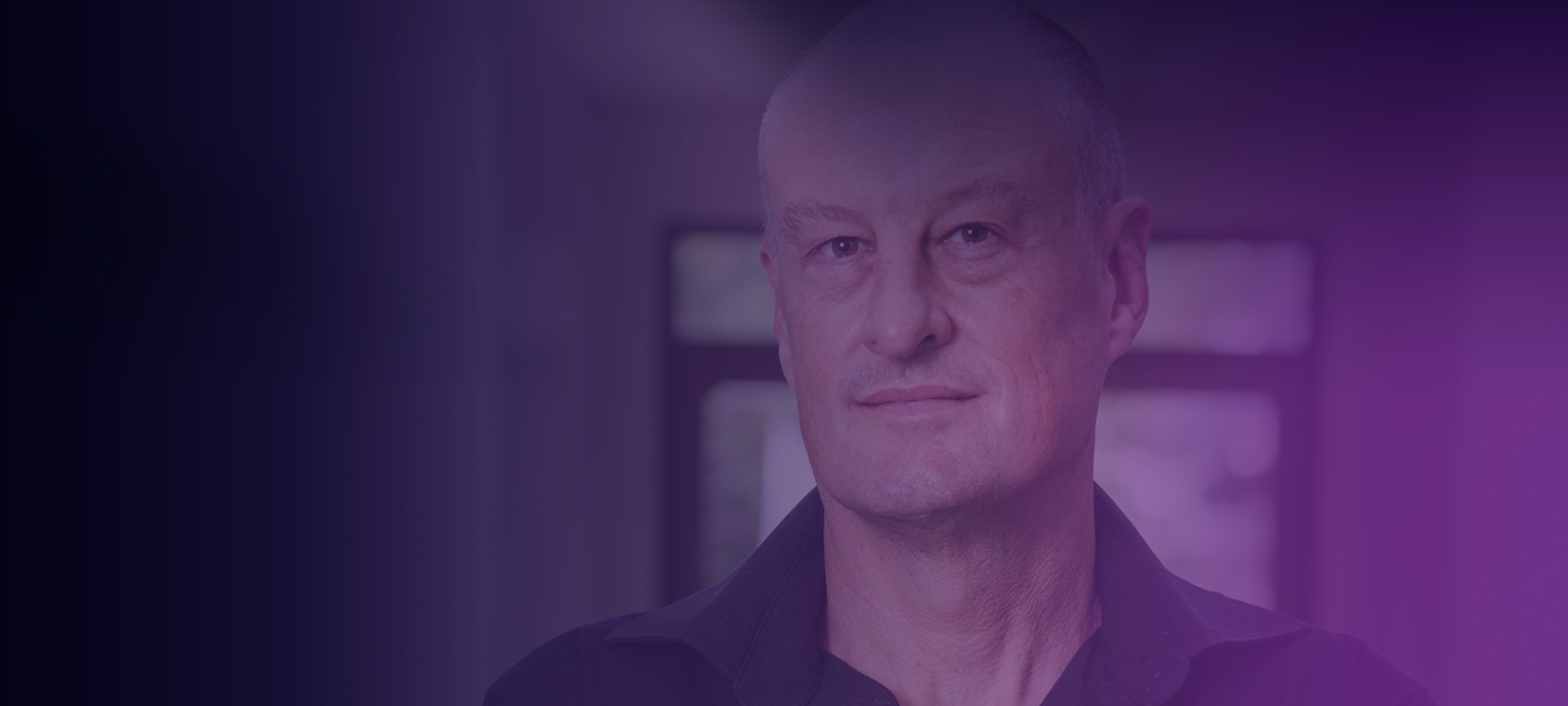Trends > Kume Luvhani - Changing the Narrative
Clear up your Cloud Strategy

When making that all-important move to the cloud, you should be clear on your objectives before choosing single, multi, or hybrid cloud.
So says Vaxowave co-founder and MD, Peter Rix, who adds that when we talk about a multi-cloud strategy, we need to define what we mean.
“Personally, I don’t see SaaS as a multicloud offering,” he says. “Typically, SaaS entails a near complete outsourcing of capability and you mostly don’t know which cloud provider this service is running on; it could be AWS, Google Cloud, Azure or even onpremise with the service provider. The foundational and base cloud architecture is not a big part of an organisation’s multi-cloud considerations.”
Academically, if a SaaS provider moves its service from one cloud provider to another or onto their own premises, the client wouldn’t know anything about it. Where Dropbox, Salesforce, ServiceNow, Google web applications, Adobe or even O365 runs is of very little consequence, and doesn’t render a company multi-cloud, Rix adds. A company’s concerns should be around security, integration and data posture, and once all those boxes are ticked, the company is then SaaS-enabled. This has little to do with a multi-cloud strategy or architecture.
The focus then shifts to Platform-as-a- Service (PaaS) and Infrastructure-as-a-Service (IaaS).
Says Rix: “Multi-cloud in this context is about trade-offs, and there are two primary scenarios. Firstly, do you want to run workloads that don’t move between cloud providers, but exploit the different capabilities, locations and services each cloud provider can bring? Here, you get vendor lockin for that application, but it’s possible to reap massive benefits and value because of what that cloud provider gives you at a set price point. It’s important to consider movement of data, security, and latency, but this is about planning and architecture. There will be duplication on your foundational architecture and interesting network configurations to consider.”
The second scenario, according to Rix, is not to be tied down to one specific cloud provider. This means minimising the use of the specific PaaS services offered by providers. In many cases, this would require an abstraction layer between the cloud providers and your applications (containers, for example). However, you lock yourself into your abstraction partner and their platform instead of the cloud provider.
“It also means passionate cloud developers, who love a particular cloud, will be tied to generic functions and spend more time thinking about portability than building applications,” says Rix. “As a result, you may struggle to retain specialist developers. Data duplication and data protection is a big consideration in this strategy. Being agnostic comes with many costs and increased complexity, but you de-risk your business, product or application from a specific cloud provider.”
If a company rejects a multi-cloud strategy, it will simplify the foundational infrastructure, but the business is then bound by what is available with the chosen CSP, its architecture, risk and behaviour. But the business will likely be more agile, trading off some capabilities, and having some dependencies on the CSP’s priorities and no vendor flexibility.
Strategically, a company needs to be clear on its business drivers in order to make the right decisions around its cloud journey, considering agility, cost, vendor risk, flexibility, complexity, and skills, to name a few. Trying to do everything runs the risk of becoming large, slow and expensive, the polar opposite of what migrating to the cloud is supposed to achieve.
“Escalating, unmanaged cloud costs can quickly negate the benefits that should be realised from migrating to the cloud and leveraging multiple cloud providers,” concludes Rix. “At Vaxowave, we offer FinOps expertise in addition to cloud strategy, which will help you plan, monitor, and navigate costs to ensure that you not only understand how to save on your cloud costs, but how you can actually start making money from it.”
Conclusion:
Ultimately, whether you choose multi-cloud; single cloud or hybrid, you should be clear on your objectives and build your strategy and focussed execution.
Pulished 9 March 2021 – http://www.brainstormmag.co.za/technology/15193-clear-up-your-cloud-strategy

